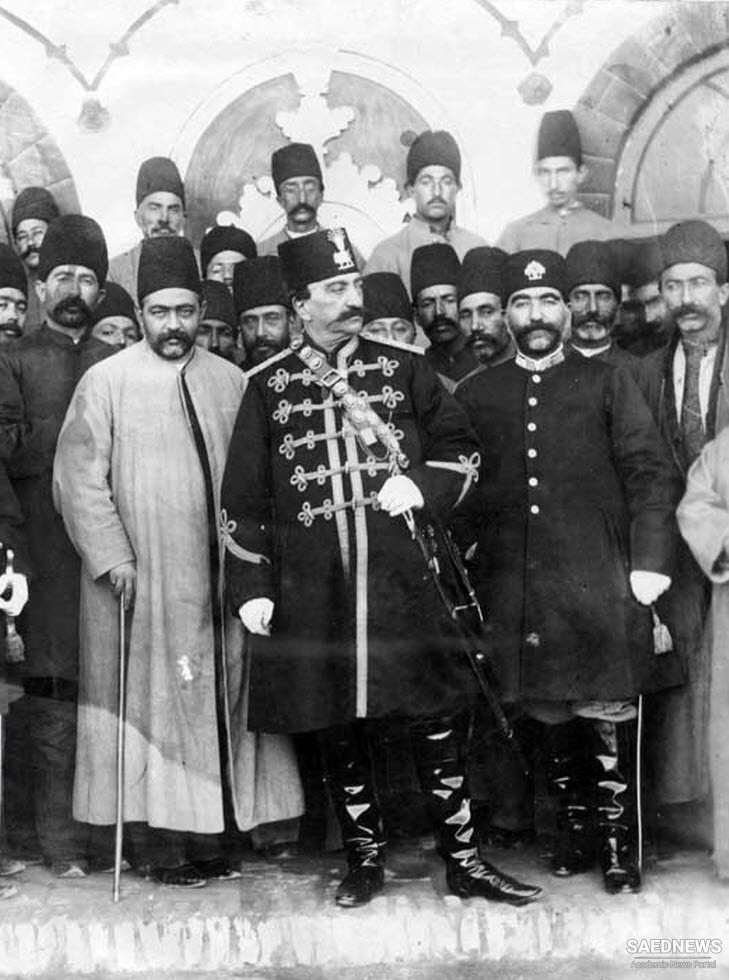Severe financial pressures on the economy, aggravated by sharp fluctuations in the international currency market, further dimmed Amin al-Dowleh’s chances. The secondary impact of the Panic of 1893, the first major US economic depression, which had global consequences by contributing to the collapse in the price of silver worldwide, had a serious impact on the Iranian silver-based currency. Between 1892 and 1893 the value of the Iranian tuman dropped 28 percent, a staggering fall by any standard. Moreover, the predominance of modern banking and international capital, though less tangible in Iran than in Egypt or the Ottoman Empire, created new obligations for the state and the business community. Yet access to international finance lured the Iranian state to borrow hefty loans in order to pay for court expenditures, the shah’s two royal tours to Europe between 1900 and 1905 in the extravagant style of his father, the expanding bureaucracy, and government-funded projects. The state had to borrow either directly from European powers or from foreign-owned banks, often by farming out the revenue of much of the country’s custom houses as collateral, a practice that temporarily helped the cash-starved government coffers. Earlier in 1892, under Naser al-Din Shah, the income from Iranian customs was assigned to the Imperial Bank of Persia to service a loan of £500,000 (US$2,500,000) that was secured to pay off the indemnity for the repeal of the tobacco concession to the Regie company. After much back and forth, Amin al-Dowleh had managed to negotiate a new loan from the Imperial Bank in exchange for the provincial tax receipts. The terms of this loan further obligated the government to ransom its meager resources over the long term. As expected, much of the loan was squandered on state bureaucracy and the shah’s European tours. By 1898 Amin al-Dowleh’s reformist agenda had effectively reached a dead end. He was left with no choice but to resign and retire to his estate in Gilan province, where in 1904 he died a disillusioned man. In a broader context Amin al-Dowleh’s dismissal marked the end of ministerial reforms from above, which at least since the middle of the nineteenth century had preoccupied such statesmen as Amir Kabir and Moshir al-Dowleh. The alternative, a movement of dissent from below, which was long in gestation, soon evolved into a popular revolution.


 Arrival of a New Shah and Beginning of the Great Depression in Persia
Arrival of a New Shah and Beginning of the Great Depression in Persia














































